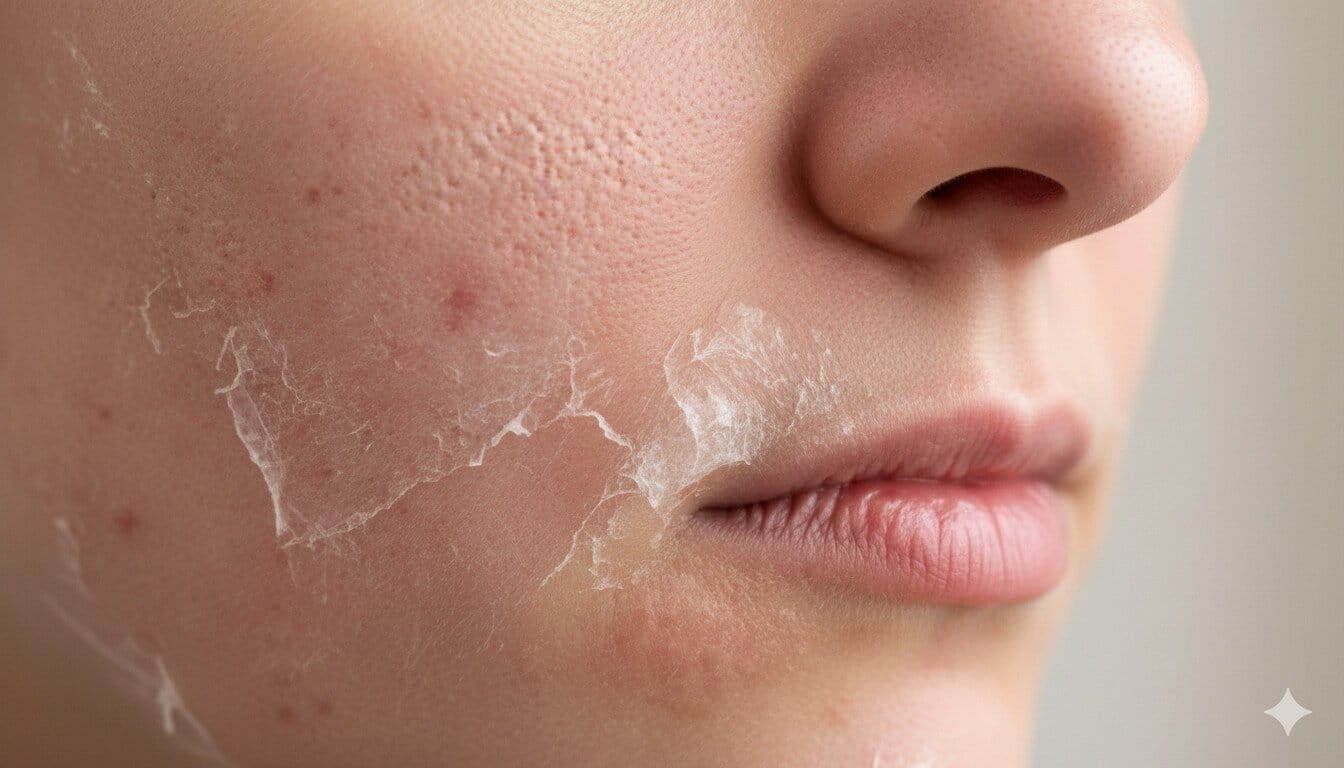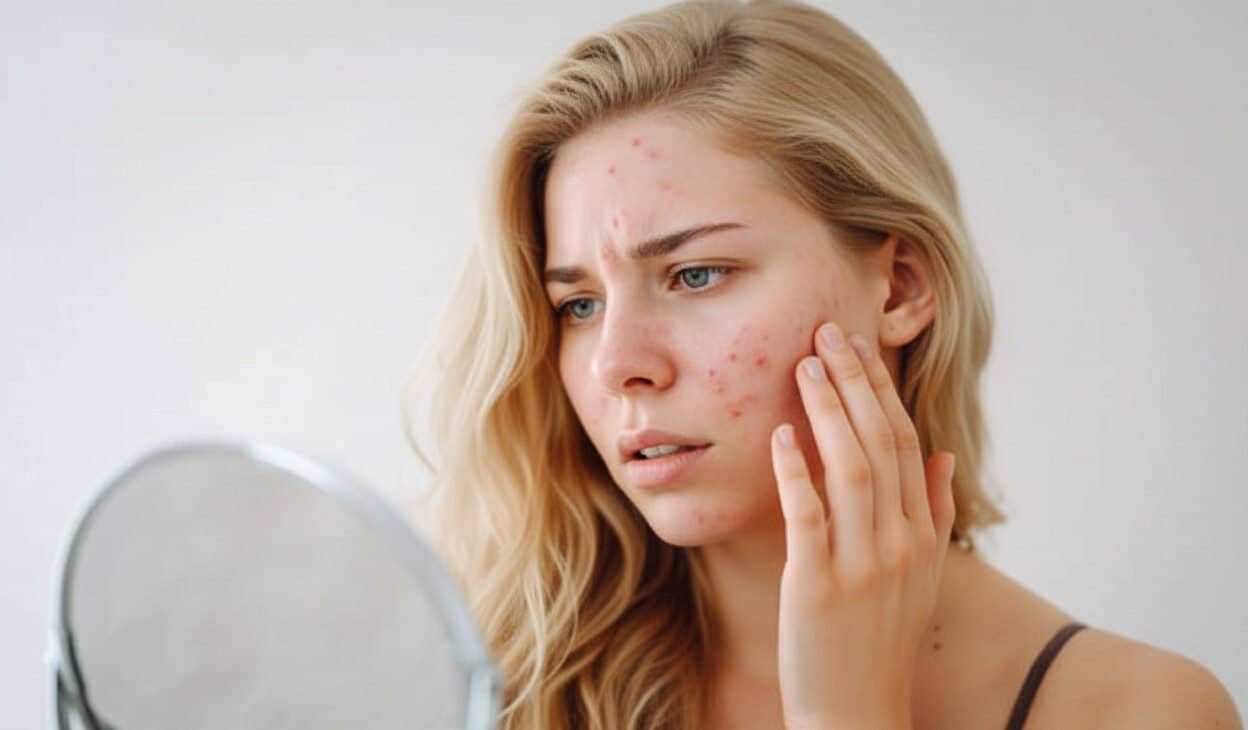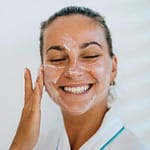Is Your Skincare Making Your Skin Worse? 5 Hidden Signs to Watch Out For

Skincare is meant to improve your skin’s health and appearance, but sometimes, the products you use can do more harm than good. For those with sensitive skin or conditions like eczema, acne, or rosacea, certain ingredients or routines can trigger irritation, dryness, or flare-ups. Recognizing the signs that your skincare routine is causing problems is the first step to healthier skin.
This article highlights five hidden signs that your skincare products might be making your skin worse, explains why and how these issues occur, and offers practical solutions to get your skin back on track.
Why It Happens?
Your skin is a delicate barrier that protects your body from external irritants, allergens, and bacteria. When skincare products contain harsh ingredients, are overused, or are mismatched to your skin type, they can disrupt this barrier.
This disruption can lead to inflammation, increased sensitivity, or worsening of existing skin conditions. Common culprits include aggressive exfoliants, fragrances, or improper application techniques.
Genetic factors, like a predisposition to sensitive skin, and environmental factors, such as weather or pollution, can also amplify these effects, making it crucial to choose products wisely.
Types
Skin reactions to problematic skincare products can vary depending on your skin type or condition:
- Sensitive Skin: Easily irritated, prone to redness, itching, or burning from harsh ingredients.
- Acne-Prone Skin: Susceptible to clogged pores or breakouts from heavy or comedogenic products.
- Dry Skin: Lacks moisture, leading to flaking or tightness, often worsened by stripping cleansers.
- Oily Skin: Produces excess sebum, which can be aggravated by overly drying products, causing more oil production.
- Combination Skin: Features both dry and oily areas, requiring balanced products to avoid irritating either zone.
- Eczema or Rosacea-Prone Skin: Chronic conditions that flare with irritants, leading to redness, itching, or scaling.
Each type may react differently to skincare, so identifying your skin’s needs is essential.
Myths
Several misconceptions can lead to skincare mistakes:
- Myth 1: More products mean better results. Overloading your skin with multiple products can overwhelm it and cause irritation.
- Myth 2: All “natural” products are gentle. Natural ingredients, like essential oils, can still irritate sensitive skin.
- Myth 3: Burning or tingling is normal. These sensations often indicate irritation, not the product “working.”
- Myth 4: Expensive products are always better. Price doesn’t guarantee suitability for your skin type.
- Myth 5: You only need to change products if you see a rash. Subtle signs like tightness or uneven texture can also indicate a problem.
How It Happens?
If your skincare is making your skin worse, you may notice subtle or obvious signs. Here are five hidden signs to watch for, along with how to diagnose them:
- Increased Redness or Irritation: Persistent redness, stinging, or warmth after applying products suggests irritation. Check for ingredients like alcohol, fragrances, or exfoliants (e.g., glycolic acid).
- Worsening Breakouts: New or worsening acne, especially small, clustered bumps, may indicate clogged pores from heavy moisturizers or oils. Review product labels for comedogenic ingredients like coconut oil.
- Tight or Dry Skin: A tight, uncomfortable feeling after cleansing or throughout the day can signal that your products are stripping natural oils. Harsh cleansers with sulfates are common culprits.
- Uneven Texture or Flaking: Rough patches or flaking, despite moisturizing, may result from over-exfoliation or products that disrupt your skin barrier. Check if you’re using retinoids or acids too frequently.
- Sensitivity to Touch or Sun: If your skin feels tender or burns easily in the sun, your products may have weakened your skin barrier. Overuse of active ingredients like retinol can cause this.
To diagnose, keep a skincare diary noting when symptoms appear and which products you used. Consult a dermatologist for patch testing to identify specific ingredient sensitivities or to confirm if a condition like contact dermatitis is present.
Solutions and Preventions That Should Be Taken
To address these signs and prevent further damage, take these steps:
- Increased Redness or Irritation
- Solution: Stop using products with fragrances, alcohol, or harsh exfoliants. Switch to soothing ingredients like aloe vera or centella asiatica.
- Prevention: Choose fragrance-free, hypoallergenic products labeled for sensitive skin, such as those with the National Eczema Association Seal of Acceptance.
- Source: National Eczema Association.
- Worsening Breakouts
- Solution: Use non-comedogenic products and lightweight gel moisturizers. Salicylic acid can help unclog pores gently.
- Prevention: Check ingredient lists for heavy oils (e.g., coconut or mineral oil) and avoid them if you’re acne-prone.
- Source: American Academy of Dermatology.
- Tight or Dry Skin
- Solution: Switch to a gentle, hydrating cleanser like Cetaphil Gentle Skin Cleanser and apply a ceramide-based moisturizer.
- Prevention: Avoid foaming cleansers with sulfates and use lukewarm water to wash your face.
- Source: Healthline.
- Uneven Texture or Flaking
- Solution: Reduce exfoliation to once or twice weekly and use a hydrating serum with hyaluronic acid to repair the skin barrier.
- Prevention: Limit active ingredients like retinoids or AHAs to avoid over-exfoliation.
- Source: WebMD.
- Sensitivity to Touch or Sun
- Solution: Pause active ingredients and use a fragrance-free moisturizer with ceramides or colloidal oatmeal. Apply a broad-spectrum SPF 30+ daily.
- Prevention: Introduce new products gradually and always patch-test on your inner wrist for 24–48 hours.
- Source: Everyday Health.
Additional Tips:
- Simplify Your Routine: Stick to a basic cleanser, moisturizer, and sunscreen to reduce irritation risk.
- Patch Test New Products: Apply a small amount to your inner arm to check for reactions before full use.
- Moisturize After Cleansing: Apply moisturizer within three minutes of washing to lock in hydration.
- Avoid Overwashing: Cleanse no more than twice daily to preserve natural oils.
- Consult a Dermatologist: If symptoms persist, seek professional advice to rule out underlying conditions.
Recommendation
To ensure your skincare routine supports your skin’s health, simplify it to include only gentle, fragrance-free products tailored to your skin type. Look for products with soothing ingredients like ceramides, hyaluronic acid, or niacinamide, and avoid those with alcohol, fragrances, or heavy exfoliants.
Brands like CeraVe, La Roche-Posay, and Vanicream are dermatologist-recommended for sensitive skin.
Consult a dermatologist for personalized advice, especially if you suspect a condition like eczema or rosacea, and consider patch testing to identify triggers. Always prioritize sunscreen to protect compromised skin.
FAQs
Q: How do I know if my skincare products are causing irritation?
A: Look for signs like redness, tightness, breakouts, or sensitivity. Track symptoms in a diary and patch-test new products.
Q: Can I still exfoliate if my skin is reacting badly?
A: Pause exfoliation until symptoms subside, then use gentle exfoliants like lactic acid once weekly, and monitor your skin’s response.
Q: Are natural skincare products better for sensitive skin?
A: Not always. Natural ingredients like essential oils can irritate. Choose fragrance-free, hypoallergenic products instead.
Q: How long should I wait to see if a product is causing issues?
A: Test products for 24–48 hours on a small area. If using on your face, monitor for 1–2 weeks for delayed reactions.
Q: What should I do if my skin doesn’t improve after changing products?
A: Consult a dermatologist. They may recommend patch testing or prescribe treatments like topical steroids for persistent issues.
Subscribe to our newsletter!






